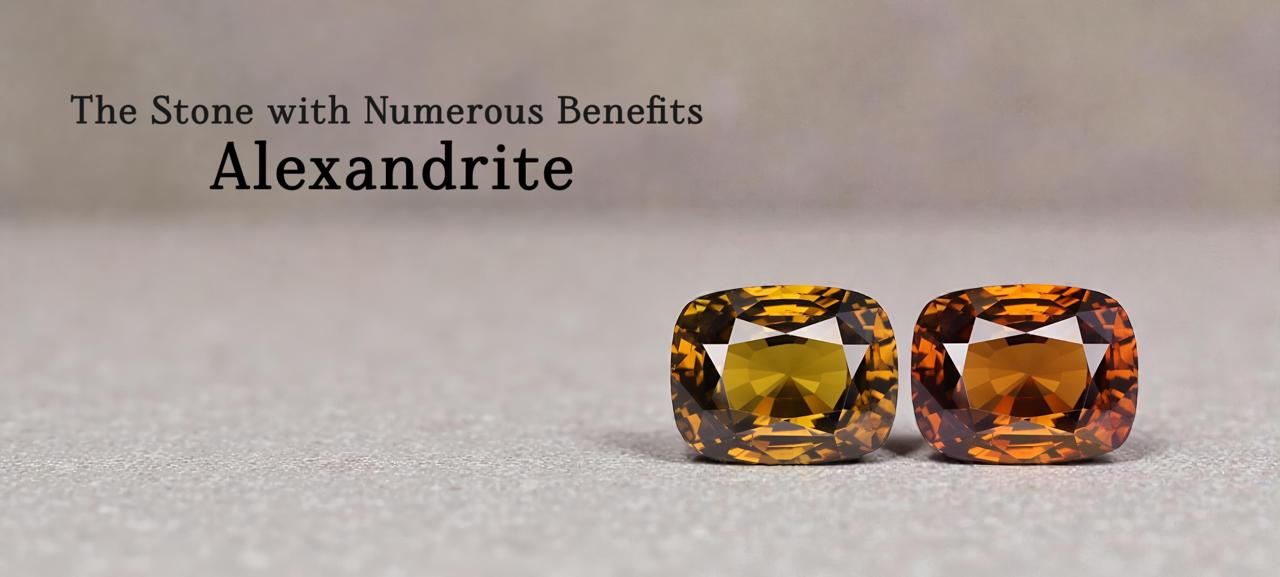 Categories
Categories 
Five hundred and fifty years ago, in northern Tanzania, in the foothills of Mount Kilimanjaro, was the only known natural yielded source of Tanzanite in the world. Due to the testimony of its rarity, tanzanite is far more expensive than diamonds. Tanzanite remained unknown until the year 1967, and the supply is expected to deplete within the next decade. Because of its unique geology, tanzanite is extremely rare to find anywhere else on Earth. According to the history of tanzanite, Tanzania is an East African state, a volcanic basin known as Merlani where one can find tanzanite. Located in the African Rift Valley, which is a large grassy basin where Masai cattle herders watch over their herds. This stone comes from a mining location that is less than 10 square miles in size. Tanzanite jewelry is most sought-after and valued due to its rarity.
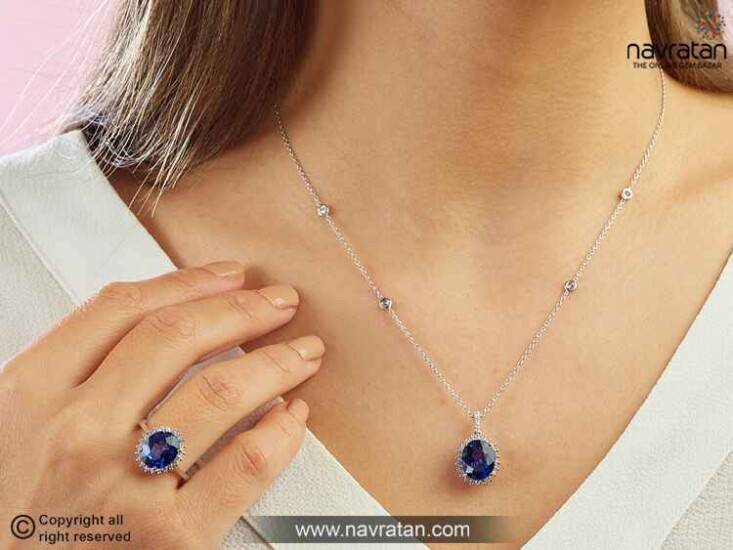
Several incidents have described the history of tanzanite from its initial discovery of tanzanite in Tanzania. The most widely known story is how the gemstone first entered the commercial market. However, the history of tanzanite includes a person named Manuel de Souza. He was known as a tailor by profession and a prospector by passion. In July of 1967, de Souza found a horde of blue gemstones at Kilimanjaro's foothills and incorrectly claimed them as sapphire gemstones. In the next few years, the tanzanite eventually made its way to the GIA (Gemological Institute of America) in New York, where it was tested and confirmed to be a variant of the Zoisite.
When de Souza went to file his mining claims with the Tanzanian Government's Mines & Geology Department, he found that other prospectors had already registered for zoisite mining claims. The rush among miners made it impossible for De Souza to keep his mining claim under his control. The government of Tanzania took over control of the mines in 1971. And in 1976, they transferred management to the State Mining Corporation. Tanzanite Stone is still a remarkable investment and one of the most sought-after gems for jewelry.
History of Tanzanite narrates that the tanzanite became widespread commercially when Henry Platt, the great-grandson of Louis Comfort Tiffany, founder of the American jewelry manufacturer Tiffany & Co., fell in love with it. He was so enamored with the idea of making a profit from its sale that he wasted no time in developing a marketing strategy for it, and he was determined to be the first to introduce tanzanite to the jewelry market on a wide scale. Platt gave the gemstone its current name, "tanzanite," in honor of its origin, Tanzania. Famously, Platt referred to tanzanite as "the most significant gemstone discovery in over 2000 years." The value and popularity of tanzanite skyrocketed overnight, making it the most sought-after jewel in the world.
The Merelani Hills in Tanzania, East Africa, are the only known location where tanzanite may be mined. The total mining area is only 1 mile broad and 5 miles long, making this magnificent jewel a thousand times rarer than diamonds.
Due to its rarity and a short history of tanzanite, this gemstone has never been replicated or synthesized. Only tanzanite, out of all the zoisite families, may be compared to any other beautiful gem. Because of its fire and splendid blue color, tanzanite is a valuable investment for collectors due to following reasons:
Read More : Amazing Tanzanite Stone Benefits & Healing Properties

Tanzanite's captivating blue-violet color is created by a heating process. That's why the gem should be protected from unexpected shifts in temperature. It can be strong or light, however, which has little effect on the hue. It should never be used with an ultrasonic cleaner, steam cleaner, or to boil the stone. By doing so, you might potentially damage the stone or alter its color. Instead, wash with warm, soapy water. Let it dry naturally, then clean it with a cloth. Hydrochloric and hydrofluoric acids should be avoided.
This gemstone has the power to infuse your look with elegance and provide the healing you desire. Tanzanite is simply ethereal, an absolute must-have for all jewelry enthusiasts, and can be stated as the go-to- gemstone for a mega social soiree. Wait not, and take pride in being the person who possesses exceptional gemstones from the limited collection of tanzanite from only Navratan. Harry and grab your tanzanite now!
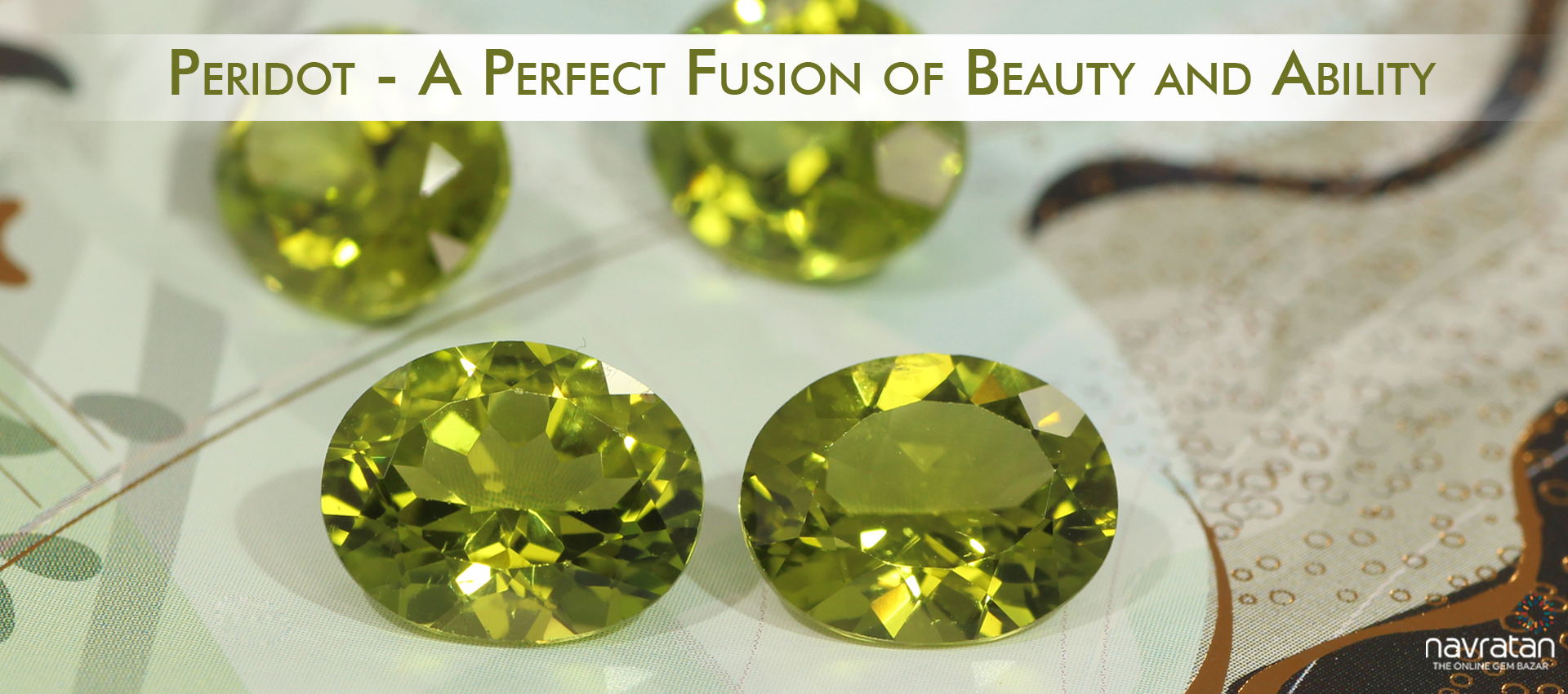
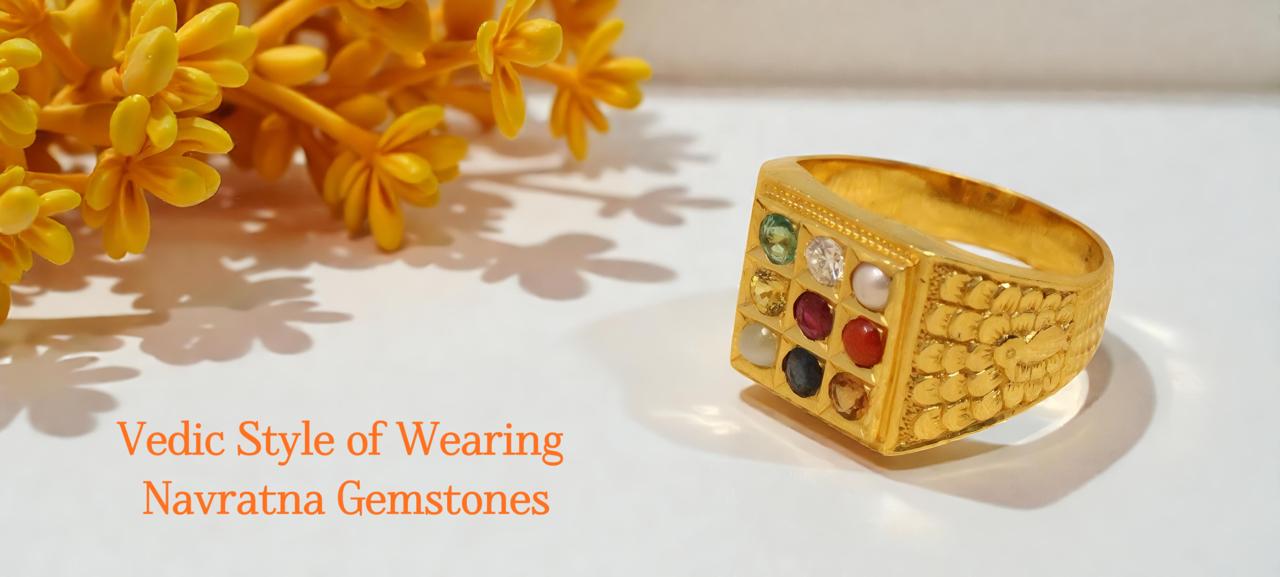

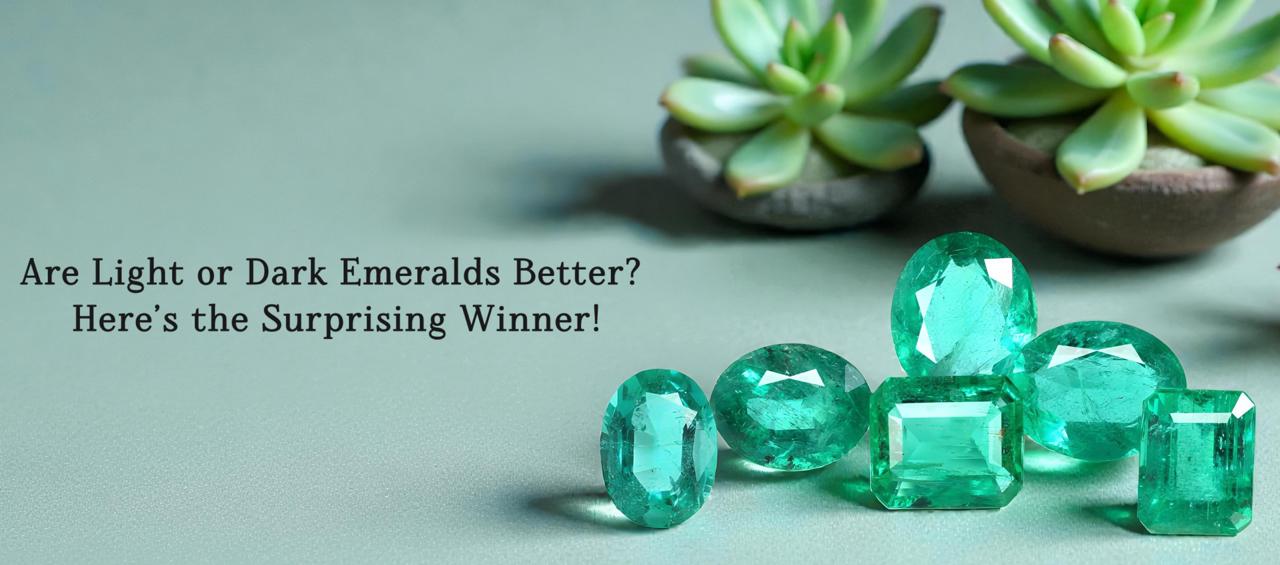
Are Light or Dark Emeralds Better? Here’s the Surprising Winner
December 24th, 2025